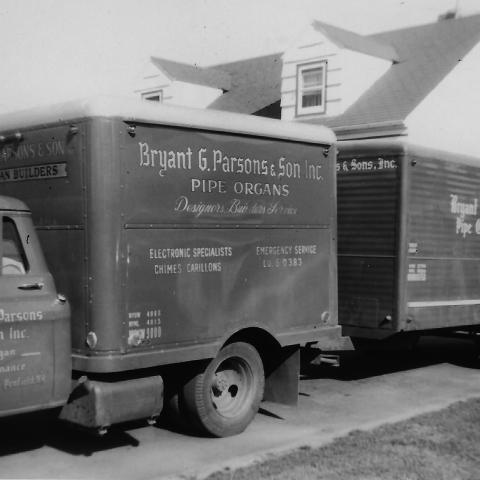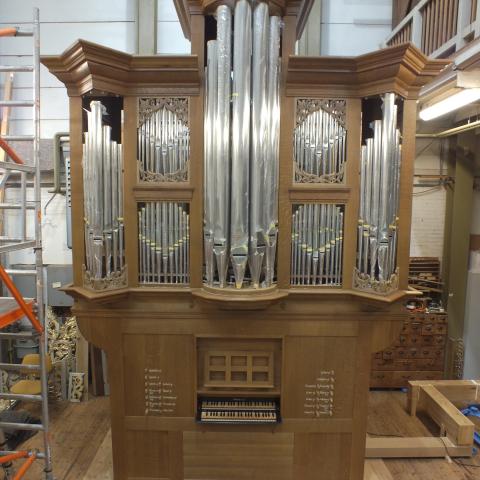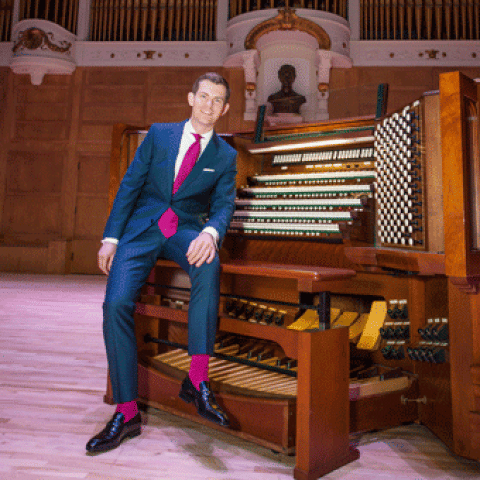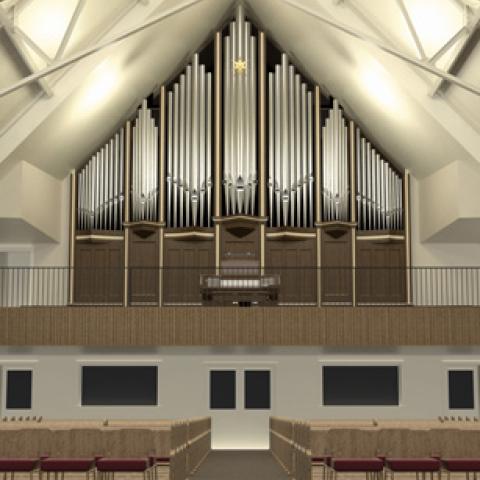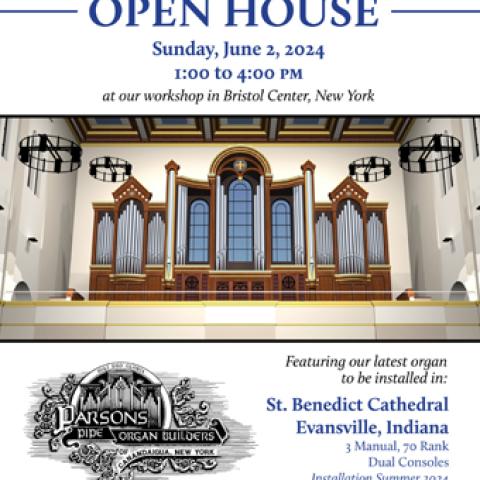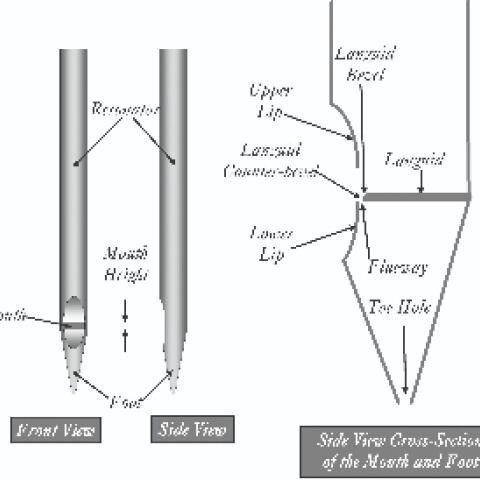
Parsons Pipe Organ Builders will present a virtual open house, celebrating the completion of Opus 50, a three-manual and pedal, 51-rank, mechanical-action organ built for First Lutheran Church, Cedar Rapids, Iowa: Sunday, December 6, at 1:00 p.m. Central Standard Time.
Covid restrictions are preventing a normal in-person “Open House,” so the event will be accomplished in "virtual" fashion. In preparation for its journey to Cedar Rapids, the organ has been fully assembled, winded and tested.
Participating in this virtual event is easy. The day of the event, visit Parsons’ website (www.parsonsorgans.com); click on the Facebook icon to view the live stream Open House. One can participate via computer, tablet or cellphone. If you have a Facebook account, you will have the opportunity to ask questions via messaging; the Parsons staff will answer as many questions as time allows.
The Open House is will last somewhere between 90 and 120 minutes. Due to the virtual nature of the presentation, the event will progress from one area of the organ to the next, intermixed with demonstrations. The schedule will begin with a walkthrough of the instrument presenting the construction and mechanism. This will be followed by a demonstration of the tonal resources. After demonstrating a variety of stops, the staff will show the 3D computer model of the instrument’s design process and will continue to address questions and provide opportunities to hear the organ.
For information: Dave McCleary, Parsons Pipe Organ Builders; cell: 585/831-6218
Other virtual events:
IOHIO Youtube channel programs

